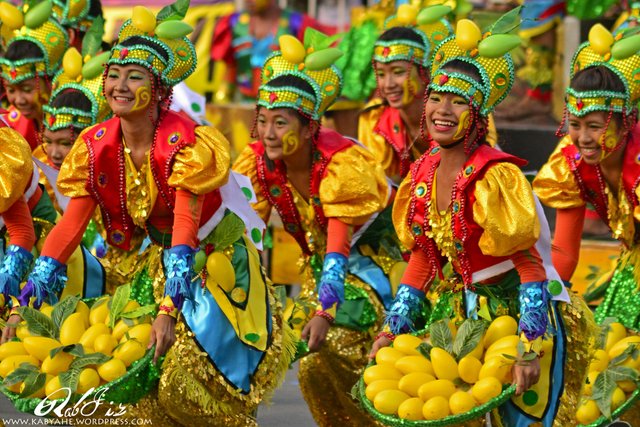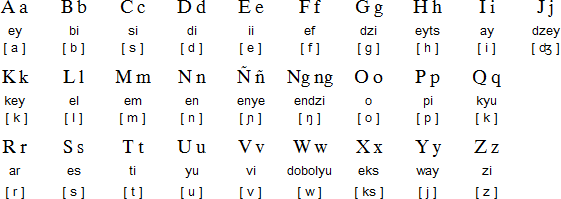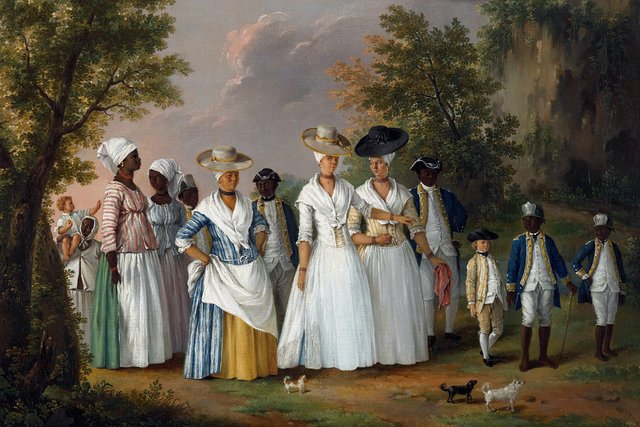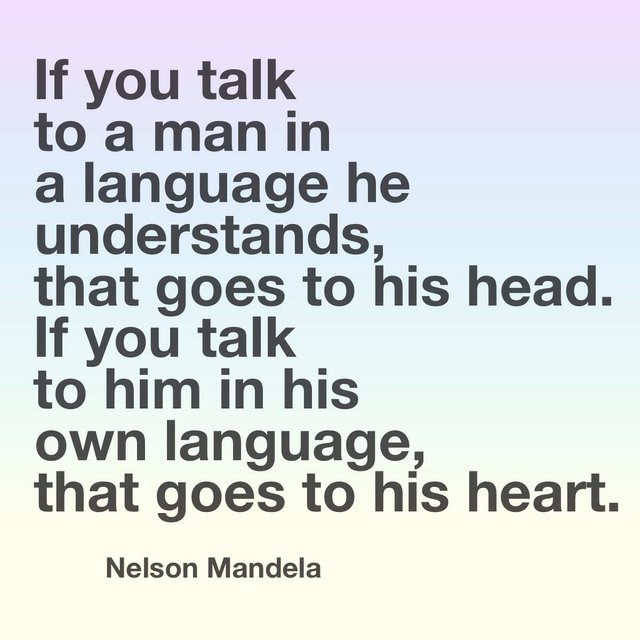The Life & Culture of Filipinos: Root Language
The Life & Culture of Filipinos
Root Language

Image Source
It is said that Philippines has so many dialects and languages but if were going to examine each of this languages scientifically, we will find out that it has the same origin. It doesn't require so much time for an Ilocano to learn how to talk Bikol or Bisaya, or the Bagobo to learn Kapampangan. At the same, speaking Tagalog is not hard for Bisaya, Bikolano, Kapampangan, Pangasinan, Iloko, and Cagay-anon who are living in Manila because the languages has one origin.
There are unexpected and shallow differences which I think due to the following reasons. First, it could be that this is because of the fact that the populace of the archipelago were caused by the continuous migration. Even if the migration were from the same stage, still it has different groups and aside from the different groups are the barangay in every ship. Second is it could be due to the divisions of islands that are walled with oceans and mountains.
One Language Origin
While studying more on the grammar and vocabulary of the root language, we will find out that it came from the same origin which is the ancient language which is the same origin of other countries such as Persia, Arabia, Hebrews and India. Some of the characteristics of these language still dominant in the Filipino root language until now.

Image Source
If we are going to compare the languages in the Philippines to find out its single linguistic origin, I could say that lots of early languages are Malays in the root language. The language of the Philippines has difference in the modern Malay and this difference can be explain by the fact that Malays who migrated in the Philippines are not the Malays who exist before the populace of Sumatra spread during the 9th century, but the ancient Malays, one of the far and old members of the family Oseaniko.
The same findings with Professor Kean, the number "pito" (seven) and "walo" (eight) are the same in all languages in the Philippines, in Java, in Maori, in Tahiti, and other Polynesian language. But not with the current Malays wherein "pito" is tulon and "walo" is delapan.
In grammar, the languages of the Philippines are base in a single principle. None of them bears the special verb that can be equated to the "to be" in English. They have the same etymology when it comes to synthesis, affixing, and the grammaritical characteristics of the language, and all these languages has tendency of affixing.
In vocabulary, as early mentioned, there are few differences that could not be avoided, primarily in its pronunciation, changing its usage and meaning of the word. The main difference in pronouncing Tagalog, Bisaya and Kapampangan can be seen in the pronunciation of the old Filipino "u," wherein its original sound can be seen in the far regions of the country. It sounds like the "u" of the French or in the "u" of the Olandes in every end of the word.

Image Source
This sound has different ways of pronunciation in the current Tagalog, Bisaya, and Kapampangan languages and the difference where intensified by the influence of west phonetics. That's the reason why the Tagalog words such as "amin," "atin," "atip," are pronounced and expressed in Bisaya as "amon," "aton," and "atop." The Tagalog word "lalim" (depth) is "lalam" in Kapampangan; the Kapampangan "maslam" (acid) is "maaslum" in Bisaya.
One of the difference of Kapampangan language to other languages in the Philippines is the pronunciation of "ay" like the "a" in English and spelled "e" in English. That is why the Tagalog word "palay" (rice) is "pale" in Kapampangan, and the "balay" in Bisaya is "bale" in Kapampangan. In Kapampangan "h" is also not spelled. The Tagalog word "halaga" is "alaga" in Kapampangan.
Another strange difference of the Ilocano language is its retention to "aglunatibo." In Bisaya, "si ako" (I) in Ilocano it is only one word "siak." The Bisayan phrase "nasurat ako" (I am writing) is also one word in Ilocano "agsuratik." Altogether, the letters in the root languages has definite sound but the influence of Spaniards and English are seen in the Filipino sound of words.

Image Source
Source:
Buhay at Kultura Filipino
By: Norberto Romualdez
It's very beautiful post :)
Great job..Thank you for sharing ...!!
Thanks that you like it. Are you Filipino?
No i'am greek ..But your post i like :))